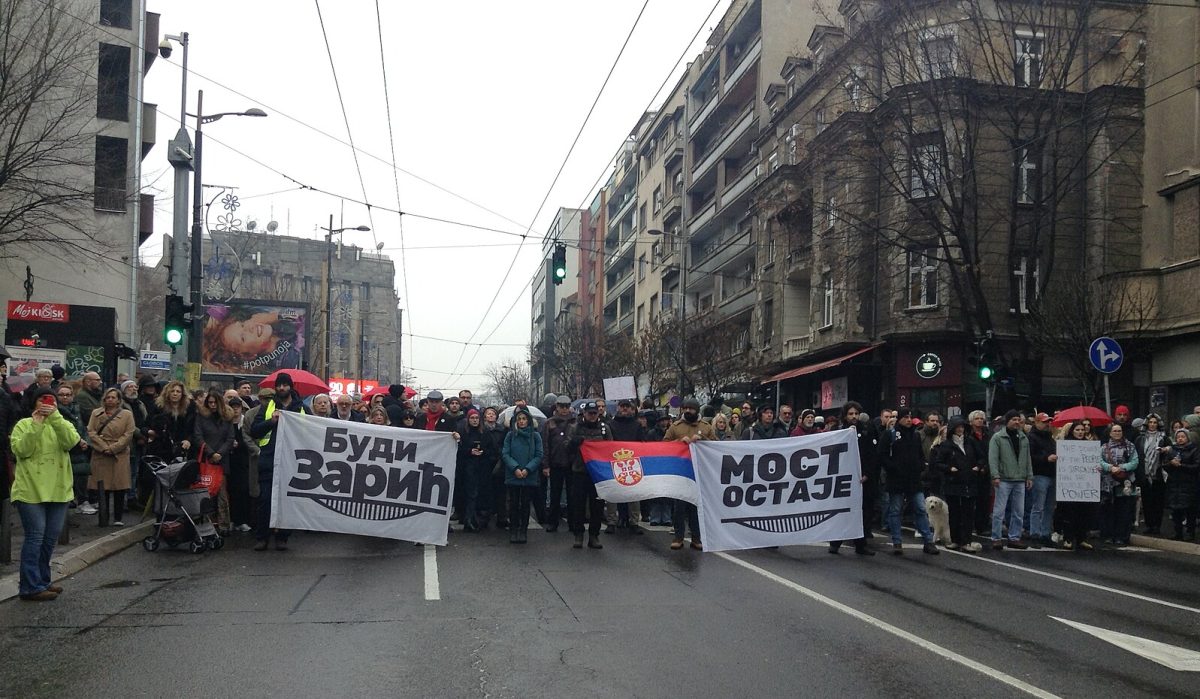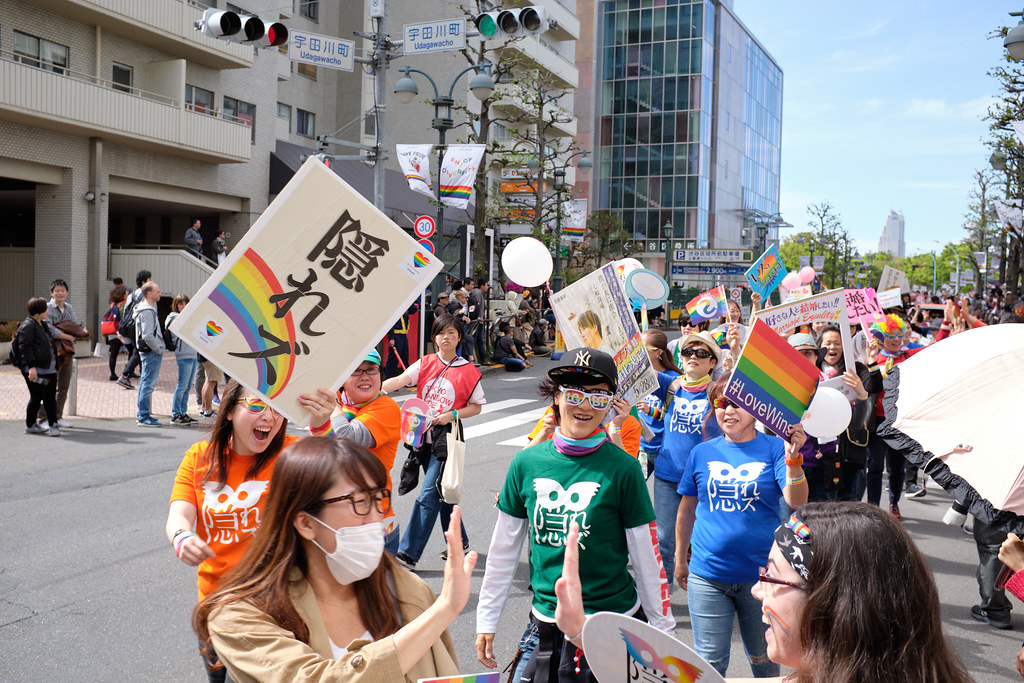How was Your Shirt Made?
November 5, 2019
According to the BBC, global clothing production “now exceeds 100 billion garments per year.” Defined as “inexpensive clothing produced rapidly by mass-market retailers in response to the latest trends,” fast fashion has taken over the world. Brands make billions of dollars per year while competing to make the trendiest garments.
Though many factors attract customers to dazzling fast-fashion stores, one of the most enticing is the price. The demand for cheap clothing has grown over time and―given the function of supply and demand―the clothing gets cheaper and cheaper. Fast-fashion brands have reached all-time low prices, selling denim for around $30, dresses for less than $10, and some tops for about $5. But how do fast-fashion brands manage to achieve this?
While some fast-fashion brands own factories near their stores to speed up the production process, in most cases, items are cheap because of cheap labor. Factories in China, Bangladesh, and India, for example, take advantage of workers to meet the low prices their customers demand. Laborers are paid low wages and work in dreadful conditions, which are sometimes even deadly. For instance, a garment factory in Dhaka, Bangladesh collapsed in 2013, and more than 1100 people were killed. According to The Guardian, the building collapsed due to being on swampy ground and not being able to support the factory’s heavy machinery.
Furthermore, fast-fashion brands are mass-producing at a rate that certainly lives up to the name. For example, Zara―a leader in the fast-fashion industry and owned by the fashion group Inditex―has a highly systematic method of getting clothing into their stores. According to the New York Times, “within 11 days, the entire stock will change,” as the company obtains feedback on a daily basis and can create more popular pieces quickly. Currently, Inditex “makes 840 million garments a year,” and many other brands follow suit.

Fast fashion promotes modern-day throw-away culture, as its clothing is often tossed out just as fast as it is created. Whether discarded by the consumer or company, the amount of clothing waste worldwide has steadily increased in the past decades. Due to the poor quality of the clothing, fast-fashion items are often trashed after just a handful of wearings.
Another problem is that because fast fashion follows the latest trends, clothing quickly goes out of style, becoming undesirable. As a result, fast-fashion brands themselves throw away excess clothing. In one instance, H&M was caught throwing away bags of unworn clothing outside their Manhattan store. Even designer brands such as Burberry have admitted to burning leftover stock, reflecting their incentive of protecting the exclusivity of the brand.
No matter your opinion of fast fashion, there is no arguing that it has become a significant part of modern culture. The next time you enter one of the many fast-fashion stores, it’s important to pause and think about the actual costs of those cheap clothes.





















Allison Kwesell • Apr 21, 2020 at 1:56 AM
Sejin,
This is a very important article that brings up human rights and environmental issues! Thank you for writing this!!